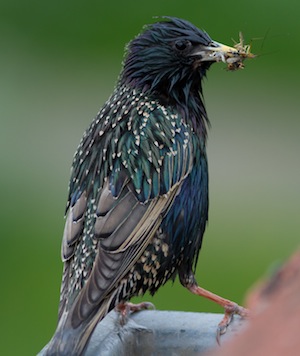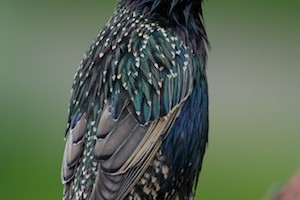
The Common starling (Sturnus vulgaris) with gathered insect prey. This is one of the fifteen species shown to be affected by elevated imidacloprid concentrations in surface water in the Netherlands. (Photo credit: Jouke Altenburg, Radboud University)
Researchers in the Netherlands have drawn a link between use of the neonicotinoid (neonic) pesticide imidacloprid and declines in insect-eating birds.
The study found that in areas of the Netherlands where imidacloprid concentrations in surface water were highest – more than 20 nanograms per litre – bird populations tended to decline by 3.5 per cent on average annually.
The authors suggest that by impacting the abundance of food sources, neonics have knock-on effects for bird populations.
Original research paper published in the journal Nature on July 9, 2014.
Names and affiliations of selected authors
